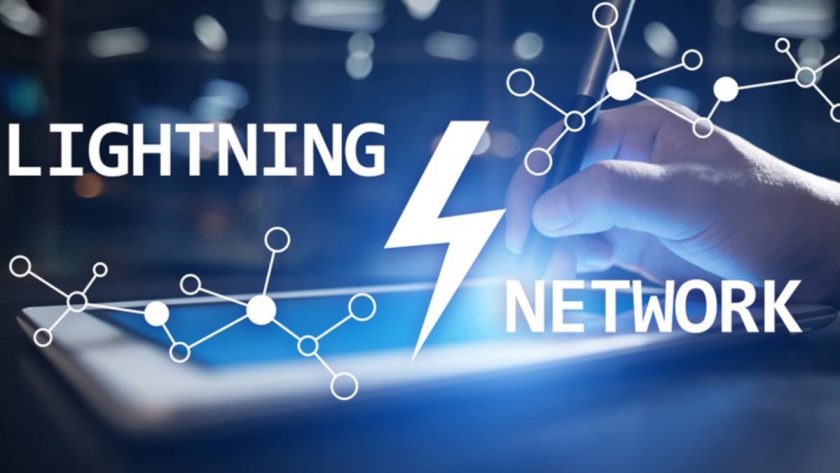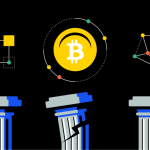The Lightning Network aims to speed up and reduce the cost of bitcoin transactions. It belongs to a more recent category of crypto technologies called “layer 2” blockchains, which are comparable to HOV lanes on motorways. The primary Bitcoin blockchain (also known as “layer 1”) can move more quickly by dumping some transaction “traffic” to the “layer 2” blockchain of the Lightning Network.
What are some use cases for the Lightning Network?
Through Twitter’s Lightning Network, users may send and receive Bitcoin “tips.” Many of Twitter’s 360 million monthly active users can send Bitcoin payments immediately and for nothing to other Twitter accounts using the Lightning Network-compatible payment software Strike. (In reality, Substack has been accepting Bitcoin payments since late August, so Twitter isn’t the first creator-driven social platform to use the Lightning Network.)
In part due to the aim to save Salvadorans $400 million in annual money transfer costs, El Salvador became the first country to formally recognize Bitcoin as legal tender. Chivo, a government-created wallet, supports Lightning and is intended to make cross-border transactions simple. Chivo was consistently one of the most downloaded apps in El Salvador as of October.
Recently, Lightning payments were made possible by the peer-to-peer Bitcoin exchange Paxful, which conducts transactions worth millions of dollars in underdeveloped areas and claims to have 1.5 million users in Africa alone. Millions of consumers may be able to make quick and affordable Bitcoin payments thanks to this connection.
Why is it vital to have a system like the Lightning Network?
“Peer-to-peer electronic cash” was the word Satoshi Nakamoto used to originally describe Bitcoin in a 2008 whitepaper, suggesting that the cryptocurrency would one day become a well-liked method for people to pay for products and services online.
But as Bitcoin’s value increased over time, the story changed. Today, we often compare bitcoin to “digital gold” or an inflation-resistant form of long-term asset storage.
Why was it the case? It partly results from the architecture of the Bitcoin network. Bitcoin eliminates the need for a payment processor or credit card firm in between two strangers who are located anywhere to safely send or receive money.
It accomplishes this by utilizing a decentralized network of computers located all over the world, all of which must come to an understanding (or agreement) regarding the state of the digital ledger used by Bitcoin. Mining, a time-consuming operation, was Nakamoto’s answer to this issue.
Part of the reason for creating the Lightning Network was to make Bitcoin operate more like the virtual currency that Nakamoto had in mind. With costs that are often fractions of a cent, it executes transactions “off-chain” significantly more swiftly and cheaply than Bitcoin’s primary blockchain. Additionally, lightning transactions use less energy than those on the main network.
The Lightning Network (layer 2) has a theoretical capacity of millions of transactions per second, but the main Bitcoin network (layer 1) routinely handles less than 10 transactions per second.
What’s the process of the Lightning Network?
Smart contracts are used by the Lightning Network to create off-chain payment channels between user pairs. Money can move across these payment channels fairly immediately once they are established.
It’s clever that the network doesn’t have to couple up every user. Funds can still be easily moved between all parties in a network, for example, if User A and User B have a channel together but User C does not. Lightning addresses resemble standard Bitcoin addresses, and the user experience for making payments is extremely similar.
Users have the option to terminate their payment channels and settle their outstanding balances on the main blockchain at any moment.
The entire Bitcoin network may move more quickly since just the opening and shutting of payment channels are recorded on the core blockchain. Furthermore, compared to transactions done on the main blockchain, Lightning Network transactions may be more private (because layer 1 transactions all appear on a public and transparent ledger).
How does the Lightning Network work, exactly?
Sending some BTC to a wallet that is compatible with the Lightning Network is required if you want to conduct transactions using it (for example, from your Coinbase account). There are numerous options available. Both “custodial” and “non-custodial” wallets are common choices.
Here’s the distinction:
- Custodial wallets: Some choices are Wallet of Satoshi, Blue Wallet, and Strike. These are typically useful for novices since they make sending and receiving cryptographic messages simpler by controlling your private keys. You can reset your password, for example, if you forget it.
- Options for non-custodial wallets include Breez, Phoenix, Zap, Muun, and Breez. These user-controlled wallets are preferred by more seasoned traders because nobody else has access to your private keys. You risk losing access to your money if you misplace, break, or forget your wallet or password. Decide which wallet you want to use and learn how to backup or restore it.




